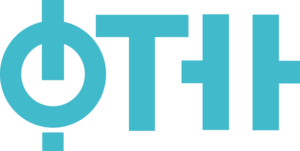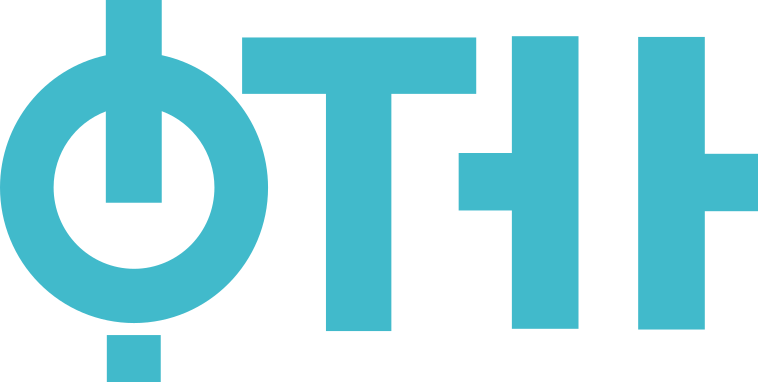Subject: Information System Architecture and Computer Networks (17.IZ0055 )
Study programmes of the course:
| Type of studies | Title |
|---|---|
| Undergraduate Academic Studies | Information Systems Engineering (Year: 2, Semester: Summer) |
| Category | Scientific-professional |
| Scientific or art field |
|
| ECTS | 5 |
Introducing the students with the architecture of contemporary information systems. Students will understand contemporary communication systems, properties, tasks and application of communication protocols with emphasize on Internet technologies. Students will be trained to select appropriate communication infrastructure to support given information system.
Upon completing this course successfully, students will be able to: understand the principles of local area networks, inter-networking between different computer networks into coordinated system, and how applications can use the resulting communication system. They will gain knowledge about the architecture of protocol families; relationships between protocols on different levels within the same system of communication participants; and relationships between protocols on the same level but on different systems of communication participants. Students will understand work in regular conditions, they will be able to recognize and describe irregular states in the environments with directly connected systems, as well as in the environments with indirectly connected systems. They will understand architecture of integrated information system and value of information system integration.
Information system architecture. Distributed systems: hardware and software concepts. Architecture of communication systems protocol family (ISO and TCP/IP models, encapsulation). Connection between aplication level and communication system (network socket, socket API). Transport layer, issues and solutions (TCP and UDP). Network layer, issues and solutions (IP, IP addressing, public and private addressing, NAT and ICMP). DNS system service, name sets organization, parameter-name assignment/binding. Data link layer, issues and solutions (Ethernet, broadcast domain, ARP, VLAN, PPP). Routing fundamentals, dynamic routing. Interfaces towards physical layer, CSMA/CD, standard Ethernet interfaces.
Lectures; laboratory exercises; individual consultations; individual work (assignments and complex exercises). Students are encouraged to communicate, to reason critically, to work independently and to contribute actively to teaching process.
| Authors | Title | Year | Publisher | Language |
|---|---|---|---|---|
| 2006 | English | |||
| 2013 | English | |||
| 2013 | English | |||
| 2012 | English |
| Course activity | Pre-examination | Obligations | Number of points |
|---|---|---|---|
| Complex exercises | Yes | Yes | 40.00 |
| Test | Yes | Yes | 10.00 |
| Written part of the exam - tasks and theory | No | Yes | 20.00 |
| Test | Yes | Yes | 10.00 |
| Test | Yes | Yes | 10.00 |
| Oral part of the exam | No | Yes | 10.00 |
Asst. Prof. Stefanović Miroslav
Assistant Professor
Lectures
Prof. Ćulibrk Dubravko
Full Professor
Lectures
Assistant - Master Štaka Marko
Assistant - Master
Computational classes
Assistant - Master Đorđević Sofija
Assistant - Master
Computational classes
Faculty of Technical Sciences

© 2024. Faculty of Technical Sciences.
Contact:
Address: Trg Dositeja Obradovića 6, 21102 Novi Sad
© 2024. Faculty of Technical Sciences.



